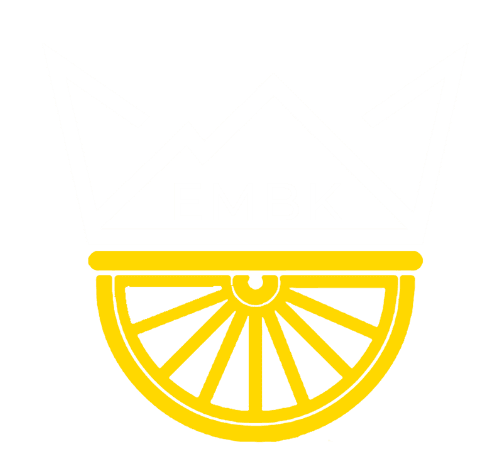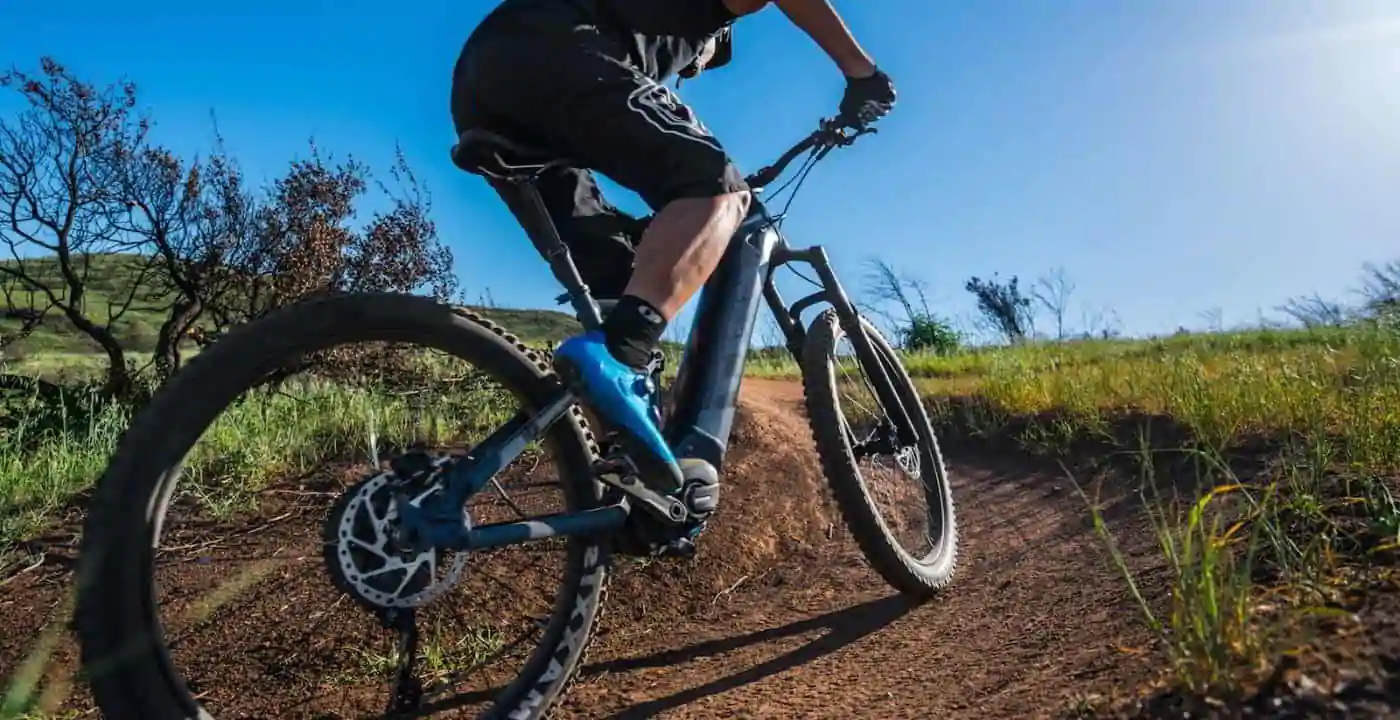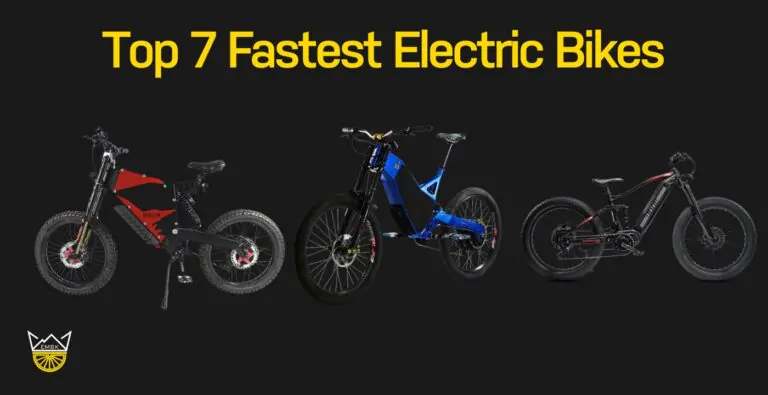Stepping into a new sport can be daunting and in e-MTBing there are a lot of factors you need to take into account to have a smooth ride. Not only are you heading out into wild and often challenging terrain, where there can be a lot of hazards, but you also have some quite complex machinery to get your head around.
Understanding the best ways to ride your e-MTB and the pitfalls you may face are important facts to know before heading out cycling. Getting aspects incorrect could lead to an uncomfortable riding experience, an injury, a damaged bike or could simply see your performance falter.
In this guide we’ll lay out our top mountain bike tips, so that when you head out, you’re shredding with a smile on your face!
Our Top Mountain Bike Tips at a Glance:
- Wear safety equipment
- Set-up your bike correctly
- Relax on the bike
- Use your gears
- Easy on the braking
- Eyes on the trail ahead
- Carry supplies
- Learn basic repairs
- Look after your bike
- Respect nature & other nature users
1. Safety Equipment
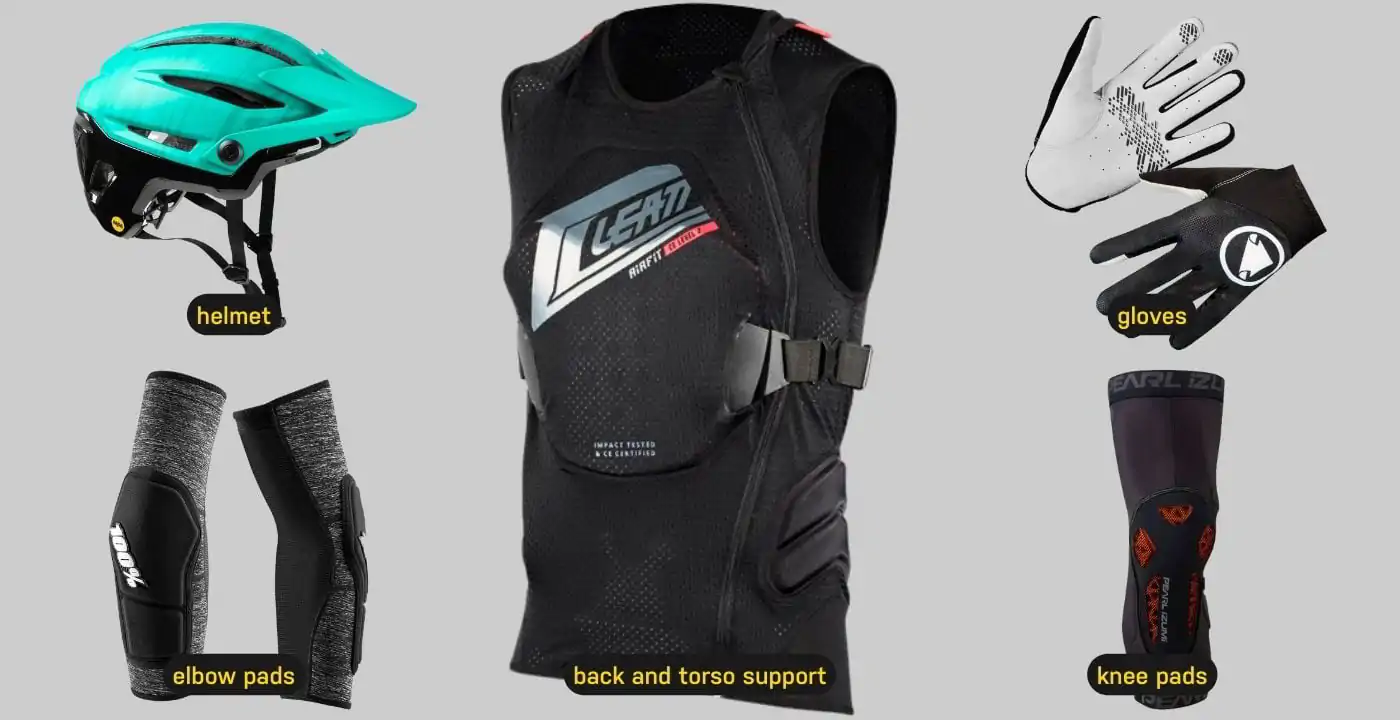
We aren’t being the e-MTB police or kill joys here, but making sure you have the right safety equipment is key to looking after yourself on a day’s riding.
E-MTBing can be a ferociously quick and exhilarating sport, with many hazards – they’re part of the thrill, however, accidents and injuries are common, so making sure you protect yourself with the right safety gear is very important.
A helmet should be worn by all riders, with varying different helmet types available for different disciplines (specialist, full-face, downhill helmets for downhill riders etc). We also recommend knee and elbow pads, a good pair of gloves and potentially other safety measures for the more gnarly styles of riding.
It’s good practice to carry a first aid kit around with you, too. We aren’t curbing your fun – we want to see you absolutely shredding through the mountains, but take sensible safety precautions along the way. You can read our full review of e-MTB safety gear, here.
2. Correct Bike Setup
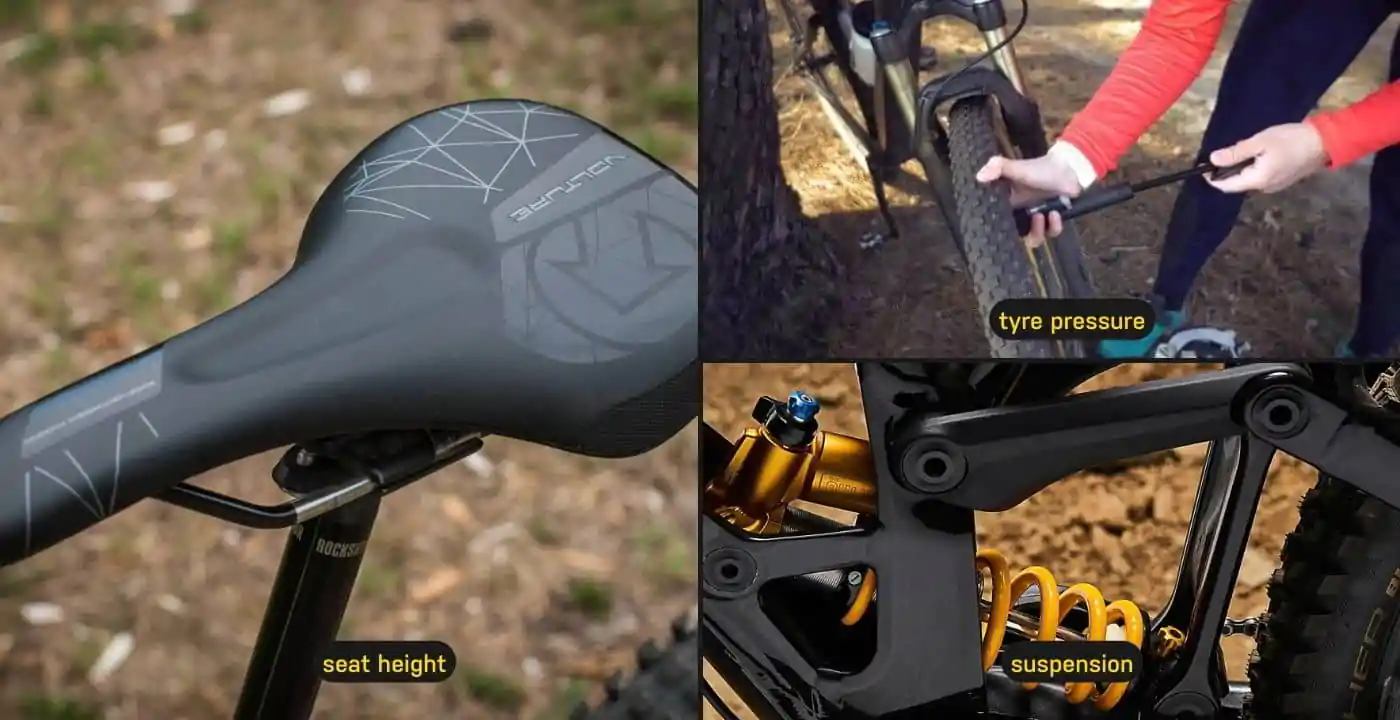
When you buy a new e-MTB, don’t just hop aboard and head to the trails, take time over getting your bike setup right – it’s one of the most important mountain biking tips.
If you get your bike set-up incorrect, you can end up picking up injuries easily and will have an uncomfortable riding experience. It should be one of the first ports of call in a beginners guide to mountain biking.
Seat Height
Getting the right seat height is one key consideration; you want the seat to sit roughly around your hip bone, so when you’re at the bottom of the pedal rotation you still have a little bend in the knee. You don’t want to lock your knee out completely or have your knees too bent.
ℹ️ Getting the wrong seat position can lead to knee pain, back pain and other discomfort. You also expel more energy than you need to, creating an uneconomical riding style.
Tyre Pressure
Make sure you have your tyres pumped up before you go out riding. Hitting the trails leads to natural seepage over time and having a deflated tyre can heighten the chance of getting a puncture and be energy sapping on flat, smoother ground.
If you know you’re going to be hitting some very bumpy sections and rough, uncomfortable, terrain – you may want to let a little air out to provide a more cushioned journey.
Suspension
The front forks and rear shocks soak up the pressure and lumps and bumps out on the trails. Making sure you have enough air pressure in the suspension for your weight is important to ensure it doesn’t bottom or so you don’t end up having too much of a spongy riding experience, downhill e-MTB riders and enduro riders need to pay particular attention here.
It can take a little time to perfect a suspension setup, but we recommend reading a good comprehensive guide through the process, such as this one by Austrian bike manufacturer Simplon.
3. Relax on the Bike
It isn’t always easy to relax while you’re flying through the trees or down some tricky terrain, but one of our crucial mountain bike tips is to really loosen up on the bike. It’s natural to want to grip tight, prepare for impact and stay rigid as you take on some nail-biting sections, but that is actually likely to heighten the chance of accident and injury.
You want to stay loose and more fluid on the bike – bend your elbows, rather than locking them out and drop your shoulders, rather than sitting up tall – this improves handling and makes you flow with the bike’s movement more.
Similarly, keep your knees nice and spongy, rather than locked out and don’t feel you need to glue yourself to the saddle. It’s ok to move around with the bike’s movement a bit and help ease yourself into the corner. This helps with momentum and balance – particularly at faster speeds.
4. Use Your Gears
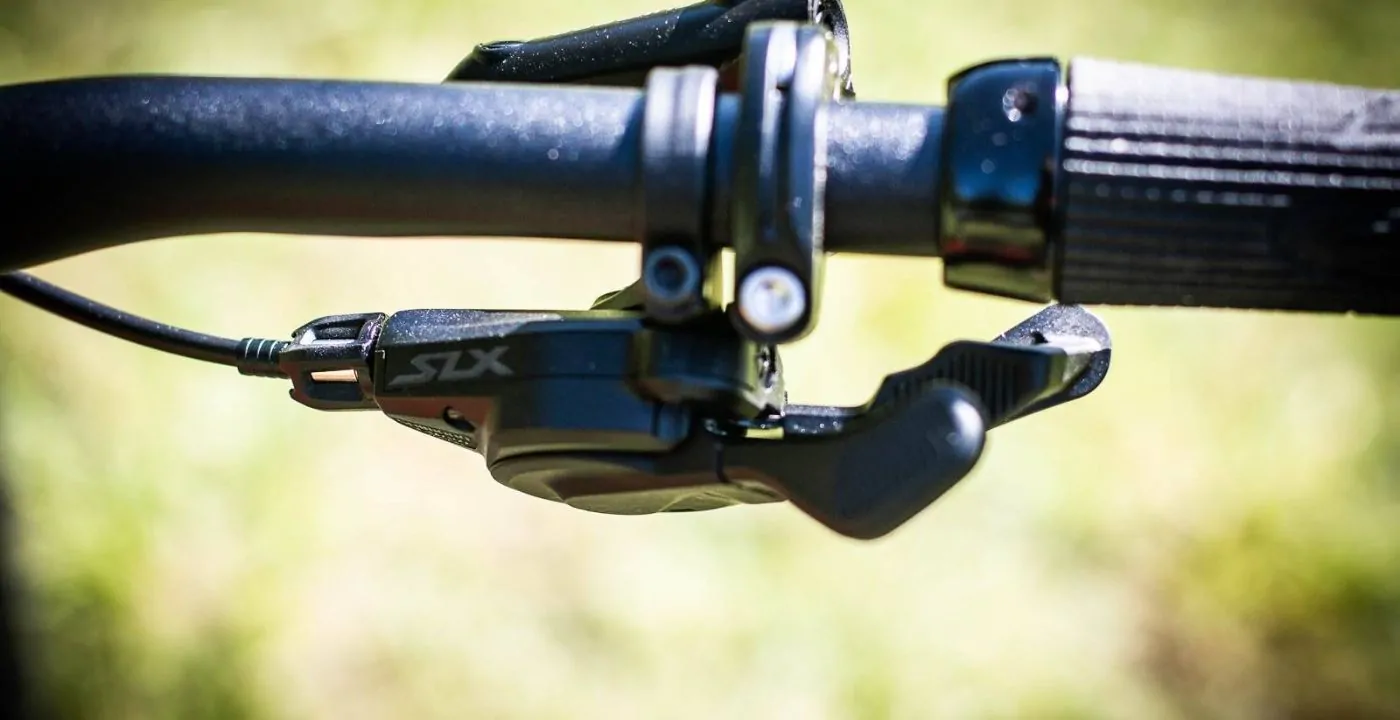
Your gears are there for a reason, not just for decoration – so use them! Prompt shifting and working your way up and down the gears can transform a riding experience. Grinding your way up a mountain in the wrong gear is a complete waste of energy and you’ll end up burning out early.
Make sure you shift early, so you take the pressure off your body and let the bike do some of the work. It takes time to get used to, but play around with your ride and get used to the bite point on each gear. Once you can feel it, it will become almost second nature to you and really improve your riding experience. It’s another one of our mountain bike tips really to be aware of.
5. Eyes on the Trail Ahead
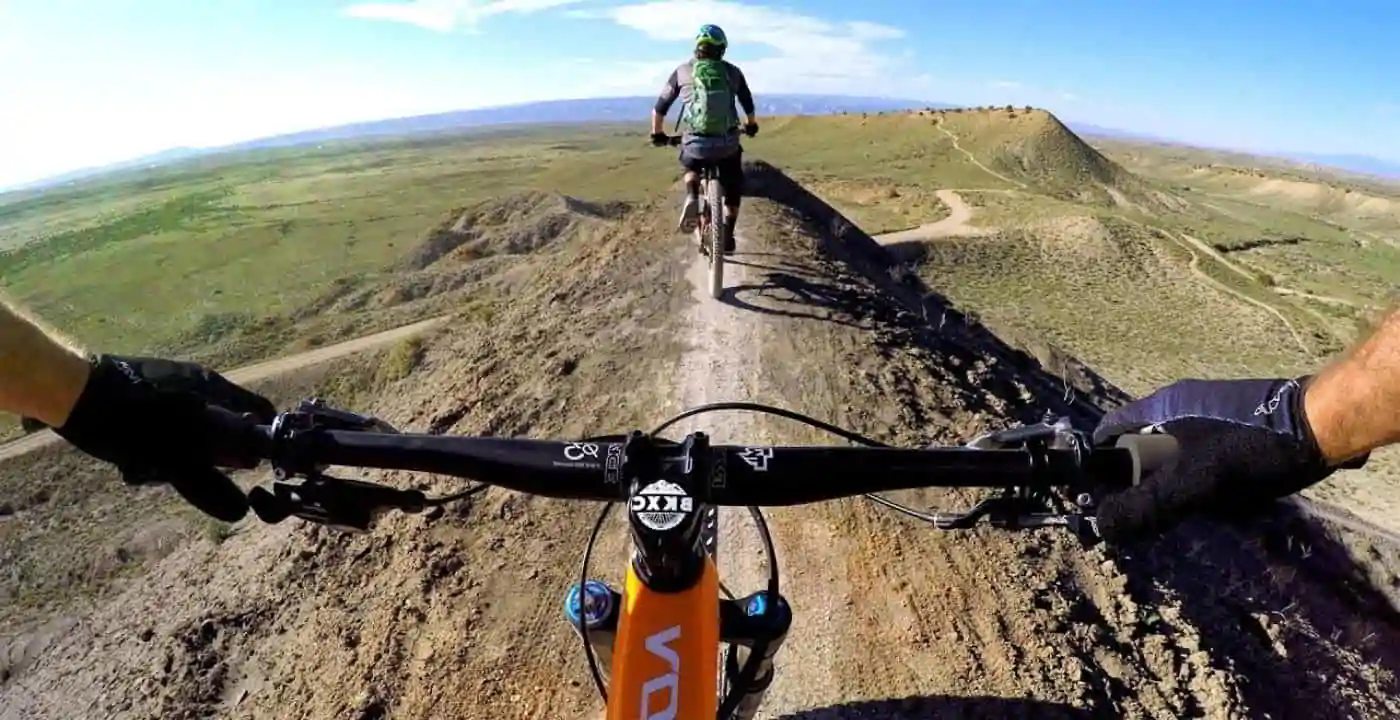
You can easily fall into the trap of looking down all the time to look out for hazards and, of course, there are moments when you need to keep a close eye on the ground.
However, it’s actually more important to look at the trail ahead, so you not only prepare for the next obstacle, corner, drop, hill or challenge, but it’s also one of the best mountain bike tips for body positioning.
When you look down you often have a subconscious hunching of the shoulders and bring your weight forward, which can lead to crashes. Looking ahead, along the trail, keeps your back a little straighter and gives you a more stable positioning on the bike.
It also allows you to prepare for what’s next. You wouldn’t run staring at your feet, so don’t ride staring at your front wheel.
6. Steady Braking
When you’re just getting used to e-MTBing it can feel natural to grab for the brakes hard. This can be dangerous out on a trail – e-MTB brakes are strong and responsive, grabbing too hard can cause you an accident and worst-case scenario, could send you flipping over the handle bars.
They take a light touch to operate, so even a finger or two can do the trick. When you see a corner approaching, begin to ease into the brakes, to reduce your speed, then release into the corner so you have both hands on the handlebars to tackle the section or obstacle ahead. You can’t handle your bike properly if you’re constantly riding with your hands on the brakes.
7. Learn Some Basic Repairs
One of our top mountain bike tips is to make sure you learn some basic repairs, such as changing a tyre, fixing a puncture, fixing a chain or any issues with your rear derailleur.
Being stuck out in the mountains and having no clue what to do would be a nightmare and help could be few and far between. You want to get back to trail bike riding quickly and knowing some basic repairs will make that happen.
8. Bike Maintenance
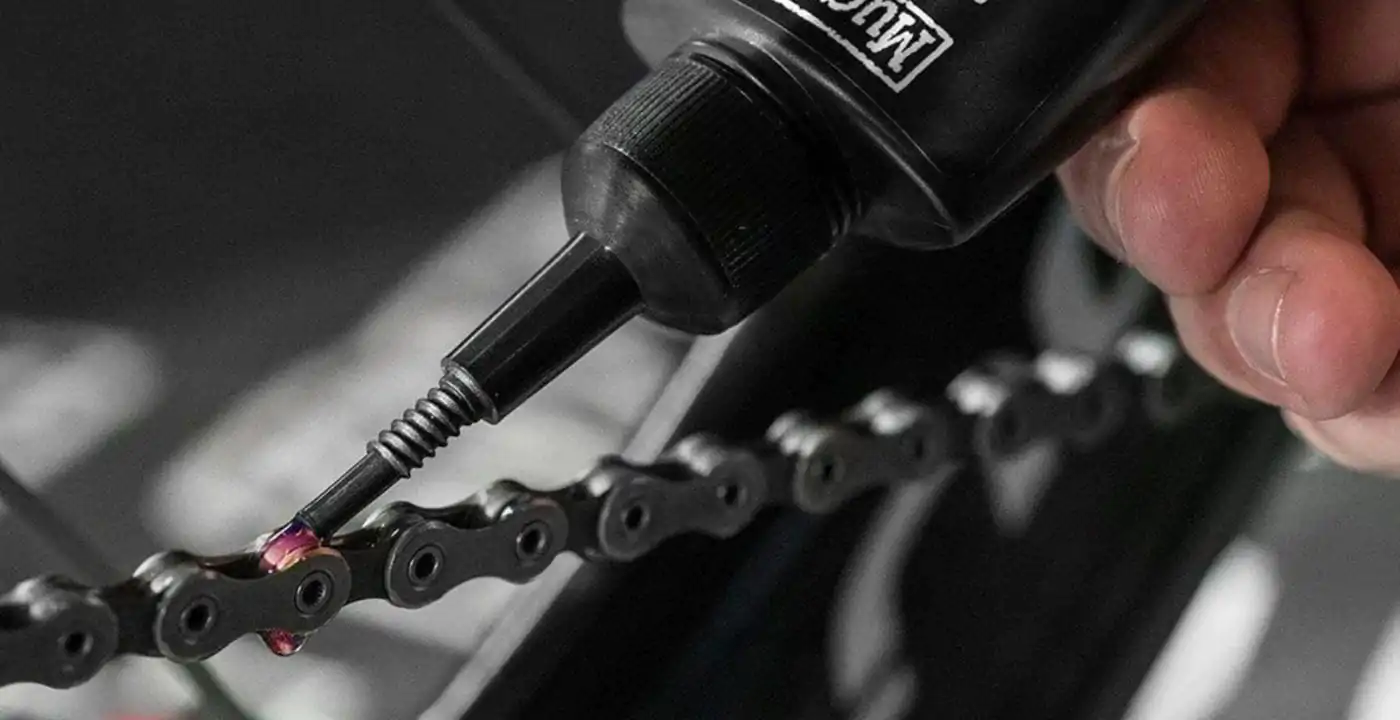
E-MTBs aren’t cheap, so look after them. Make sure to clean your bike after rides – having mud and gunk clogging up your gears, chain and other areas can lead to real damage over time. The bike won’t run as well if it’s all clogged up and mucky.
Similarly, make sure to lube up your chain and cassette, so the bike shifts smoothly, and tighten up any loose connections or wobbly areas – a small issue could lead to a big issue over time. Even if you set up your bike recently, make sure to check your tyre pressure, seat position and suspension before every ride.
It’s one of our top mountain bike tips that many overlook, particularly those just starting mountain biking.
9. Take Supplies
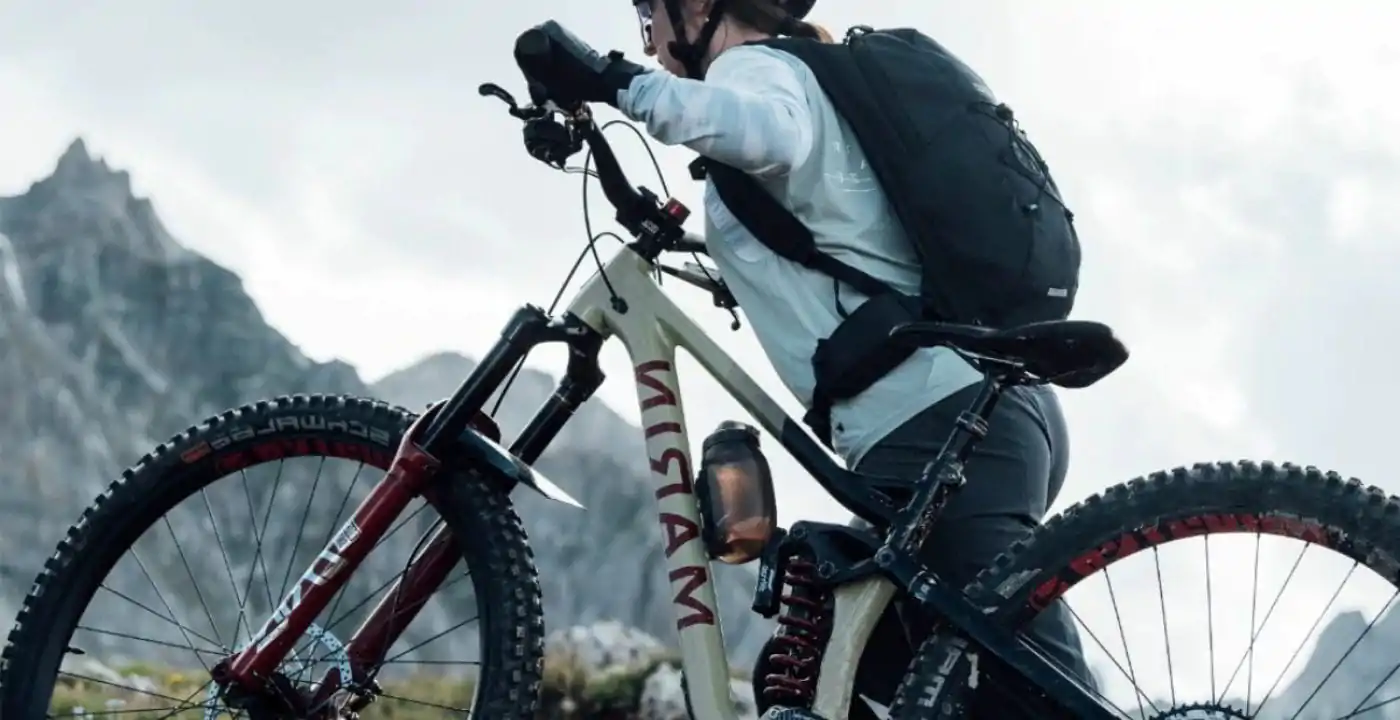
One of the best e-MTB tips is to take plenty of water and snacks out on a ride.
We often ride in wild and remote places, a long way from the nearest village or town – so having enough supplies in case of emergencies is a really important way of covering your back and is a crucial mountain biking tip.
Running out of water can cause you real harm and running out of food can lead to you bonking on a ride – which is when your energy levels are completely sapped. It’s a miserable feeling.
10. Respect Nature and Other Nature Users
Nature provides the platform for our mountain biking and e-MTBing fun, so respect the land and other people using the countryside. Riding can often take people, who haven’t traditionally lived or spent time in the countryside, to our forests and mountains.
So a top mountain biking for beginners tip is speak to the locals, learn from them, take your rubbish away, be courteous to other hikers/riders and adhere to directional flow signage to prevent accidents.
Final Thoughts
There you have it, then, our top 10 mountain bike tips! Preparation is key to a good riding experience and a fulfilling day out on the trails. Configure your bike so it’s set up right, prepare the right supplies so you don’t get caught short, and set off with the knowledge of how to fix your bike, as well as of the area in which you’re riding.
E-MTBing can be one of the greatest thrills available in sport, but it can also be a hard old slog if you don’t get some aspects right. You don’t have any excuses now, though, you know what to do, so pop on that helmet and get shredding.
